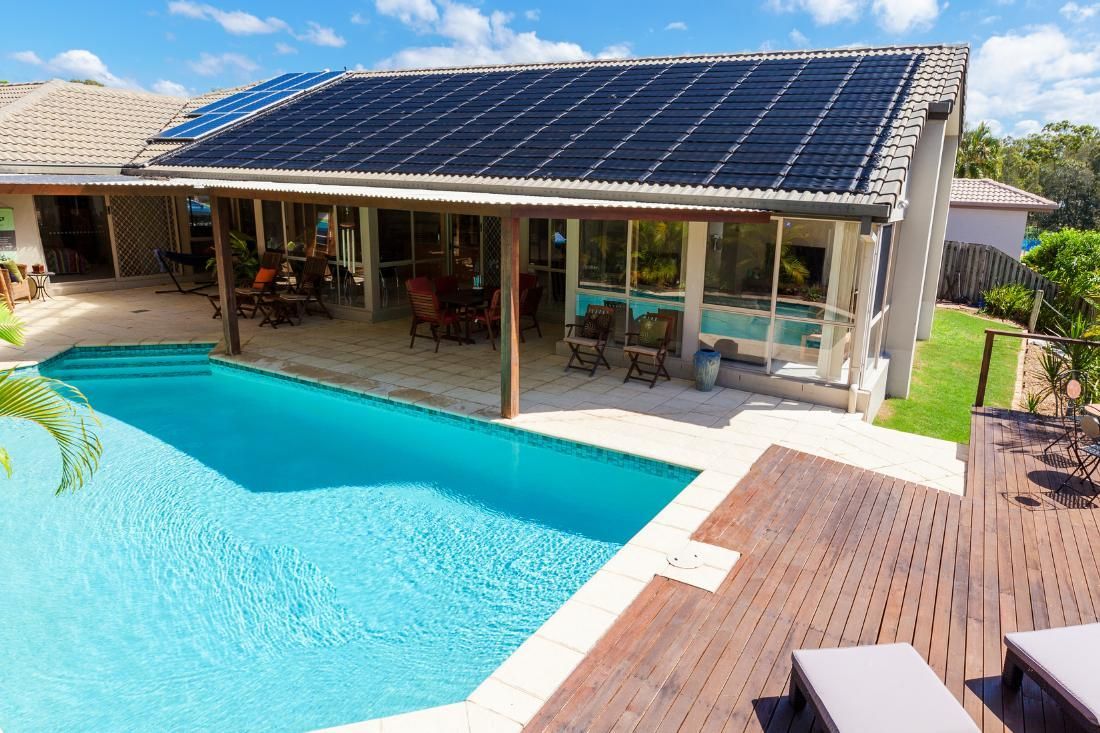Albo Re-elected: What It Means for Aussie Home Buyers and Owners
Labor’s back in for another three-year term, and some of their key housing policies are now set to roll out. Whether you’re looking to buy your first home or already have a mortgage, it’s worth knowing how these changes could affect you.
Now that the election's behind us, it’s time to look ahead at what’s on the cards for the property market.
Where the Property Market Stands Mid-2025
As we move through the middle of 2025, the Aussie property market is still heading upwards.
National home values nudged up another 0.3 % in April, taking the median property price across Australia to a new record high of $825,349.
That means a 20 % deposit sits at around $165,000, no small sum. But there could be easier ways to get a foot in the door, thanks to upcoming changes to several federal housing schemes.
5% Deposit Scheme Set for a Major Expansion
The Home Guarantee Scheme (HGS) has already helped many eligible first home buyers break into the market with just a 5 % deposit and no lenders' mortgage insurance required.
Now, even broader access is on the way. From January 2026, the scheme will undergo a significant expansion.
Under the updated rules, every first home buyer will qualify to purchase a property through the HGS. The changes will include the removal of income thresholds, an increase in property price caps, and the elimination of annual participant limits, making the scheme available to more Australians than ever before.
More Homes on the Way for First-Time Buyers
According to CoreLogic, while government incentives for first home buyers can provide a short-term boost, they often do little to solve long-term affordability challenges. In some cases, they may even drive prices higher by increasing demand without addressing the supply side of the equation.
To help rebalance the market, Labor has committed to a $10 billion investment to build up to 100,000 new homes specifically allocated for first home buyers. This move is designed to directly increase housing stock rather than simply fuelling competition for existing properties.
Independent modelling by the Grattan Institute indicates that if all 100,000 planned homes are built, property prices could fall by as much as 2.5 %. This potential decrease may help counteract the price pressures expected from the broader reach of the recently expanded Home Guarantee Scheme.
Help to Buy: Shared Equity Scheme Still in the Works
The Albanese government remains committed to launching its Help to Buy initiative, a shared equity program aimed at easing the burden for first home buyers.
Under the scheme, the federal government would contribute up to 40% of a property’s purchase price, meaning buyers could enter the market with as little as a 2 % deposit.
Although part of Labor’s 2022 election promises, the rollout has been slower than expected. This delay is largely due to the need for state and territory governments to pass individual enabling legislation before the program can be implemented in each jurisdiction.
For now, it's a matter of keeping an eye on local developments to find out when the scheme will officially launch in your area. Once operational, it’s expected to become a game-changer for many Australians looking to buy their first home with a significantly lower upfront financial commitment.
Cheaper Solar Batteries on the Horizon for Homeowners
Although about one in three Australian households have embraced rooftop solar, only one in forty have added a battery system to store that energy.
That could soon change. Starting 1 July 2025, eligible homeowners can access the federal government’s Cheaper Home Batteries Program, designed to lower the financial barrier to battery installation.
The program aims to slash battery costs by roughly 30 %, delivering an average saving of around $4,000 per unit. By making energy storage more affordable, the initiative encourages households to maximise their solar usage, store excess energy for peak times, and rely less on the grid.
Government forecasts suggest that households with existing rooftop solar could save up to $1,100 a year on electricity bills once a battery system is in place.
Make the Most of Sustainability Incentives With Osinski Finance
New and upcoming government programs are opening doors for homeowners and buyers. But figuring out which ones apply to your situation isn’t always straightforward.
Whether you’re looking to improve your home’s energy efficiency or planning to buy your first property, the right advice can make all the difference.
At Osinski Finance, we help Australians understand and access financial solutions that suit their needs. We offer home loans tailored to your budget and goals, provide expert guidance for buying your first home, and support refinancing your current mortgage to help you secure a better deal.
Our team will work with you to build a funding strategy that aligns with your long-term financial plans. Contact us today to see how these programs could work for you and take control of your next property decision.
Disclaimer: The content of this article is general in nature and is presented for informative purposes. It is not intended to constitute tax or financial advice, whether general or personal nor is it intended to imply any recommendation or opinion about a financial product. It does not take into consideration your personal situation and may not be relevant to circumstances. Before taking any action, consider your own particular circumstances and seek professional advice. This content is protected by copyright laws and various other intellectual property laws. It is not to be modified, reproduced or republished without prior written consent.




